The skies over southeastern Australia turned an apocalyptic shade of orange as wildfires raged across the region, forcing thousands to flee their homes with little more than the clothes on their backs. This wasn’t just another summer blaze—this was an inferno moving with terrifying speed, swallowing everything in its path. For residents in New South Wales and Victoria, the choice was stark: leave now or risk being trapped.
Evacuation orders came too late for some. By the time authorities issued warnings, many roads were already cut off by walls of flame. Families scrambled to load pets and precious belongings into cars, only to find escape routes blocked by fallen trees or encroaching fire. Social media became an impromptu lifeline, with neighbors sharing real-time updates on which roads remained passable and which areas were already lost.
The smell of burning eucalyptus oil hung thick in the air—a scent that normally evokes Australian summers but now signaled catastrophe. Ash fell like snow across suburban streets where children had played just days earlier. Those who hesitated found themselves driving through ember storms, their windscreens cracking from the intense heat as spot fires ignited in front of their vehicles.
Coastal towns became makeshift refugee centers. Holiday parks normally filled with summer tourists now housed displaced families sleeping in tents and caravans. Local schools transformed into emergency shelters, their halls lined with donated mattresses and blankets. The Red Cross set up registration desks to help separated families reconnect, while volunteers distributed toiletries and clothing to those who'd escaped with nothing.
At evacuation centers, the emotional toll became visible. Children clutched family photos salvaged from burning homes, while elderly couples sat silently holding hands, watching news reports of their neighborhoods being reduced to ashes. The psychological impact of such sudden displacement would linger long after the flames were extinguished.
The wildlife casualties were staggering. Charred remains of kangaroos mid-leap lined country roads, their instinct to flee overcome by the fire's speed. Conservationists worked desperately to treat burned koalas, their paws bandaged like tiny white mittens. The environmental devastation extended beyond what the eye could see—entire ecosystems that had evolved with fire were now being pushed beyond their capacity to recover.
Military helicopters airlifted stranded residents from beaches where they'd taken last-stand refuge in the ocean. Navy ships normally stationed for border protection were repurposed to evacuate entire coastal communities by sea. These dramatic rescues played out on live television, etching images of Australia's climate emergency into global consciousness.
As the crisis stretched into weeks, then months, evacuation fatigue set in. Some residents defied orders to leave, determined to protect their properties with garden hoses and buckets. Others returned to find their towns without power or running water, the infrastructure destroyed along with homes. The question of when—or if—to rebuild loomed large for countless families.
The disaster exposed uncomfortable truths about urban planning in fire-prone regions and the stark inequality in disaster preparedness. Wealthier homeowners had insurance and secondary residences; renters and farmers often faced complete ruin. Climate scientists pointed to these fires as the terrifying new normal, while politicians debated the balance between immediate relief and long-term policy changes.
In the aftermath, stories of both heartbreaking loss and extraordinary courage emerged. A volunteer firefighter who saved twelve people before his own home burned down. A grandmother who kept her grandchildren calm by reading picture books in a smoke-filled basement until rescuers arrived. These human moments shone through the devastation, reminders of resilience in the face of nature's fury.
For international observers, the Australian bushfire evacuations served as a sobering case study in climate-driven displacement. As extreme weather events increase globally, the chaotic scenes from New South Wales offered a glimpse into the humanitarian challenges many more communities may soon face. The lessons learned—about early warning systems, evacuation routes, and post-disaster support—would resonate far beyond Australia's shores.

By Victoria Gonzalez/Apr 14, 2025

By Samuel Cooper/Apr 14, 2025

By William Miller/Apr 14, 2025
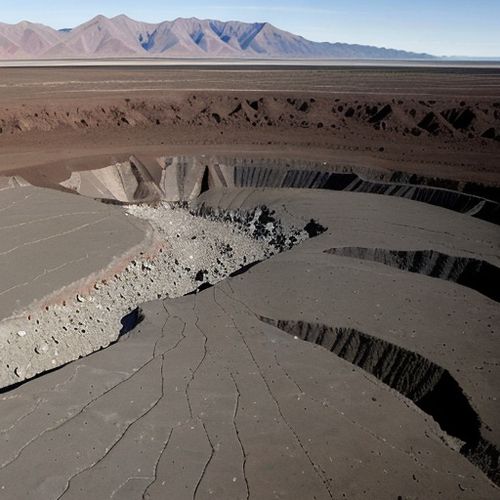
By Emma Thompson/Apr 14, 2025
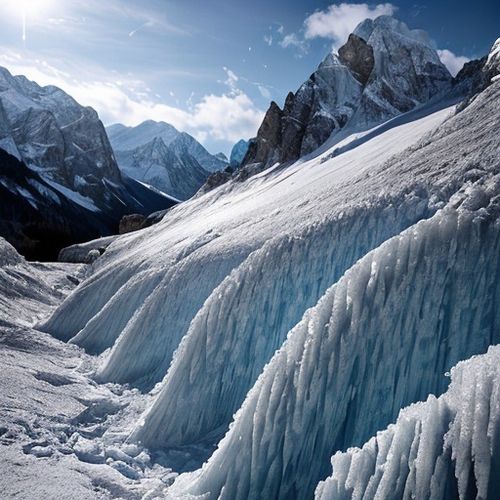
By Lily Simpson/Apr 14, 2025
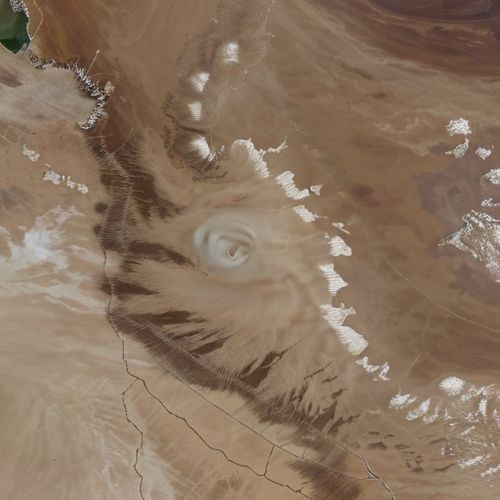
By Emily Johnson/Apr 14, 2025
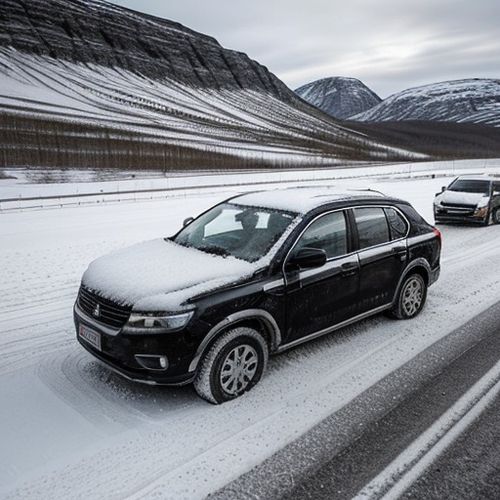
By George Bailey/Apr 14, 2025
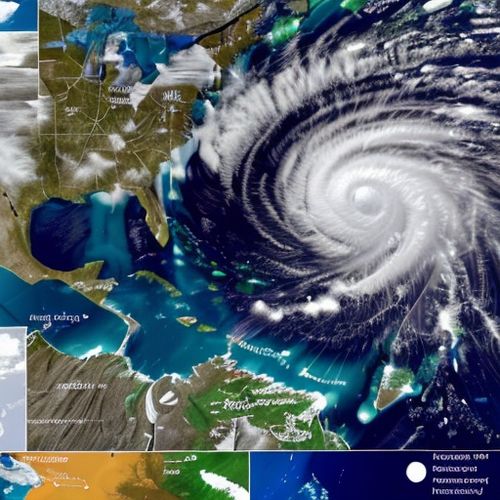
By Sarah Davis/Apr 14, 2025
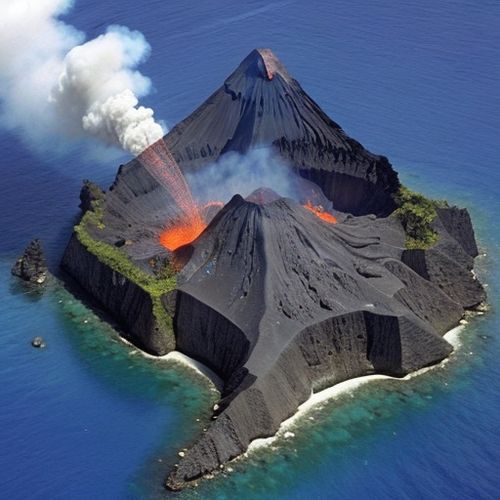
By Grace Cox/Apr 14, 2025
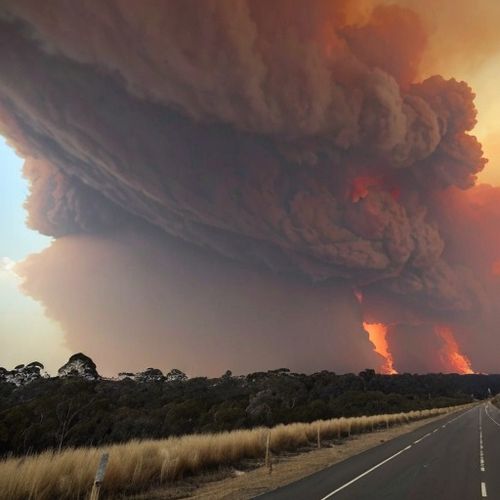
By Natalie Campbell/Apr 14, 2025
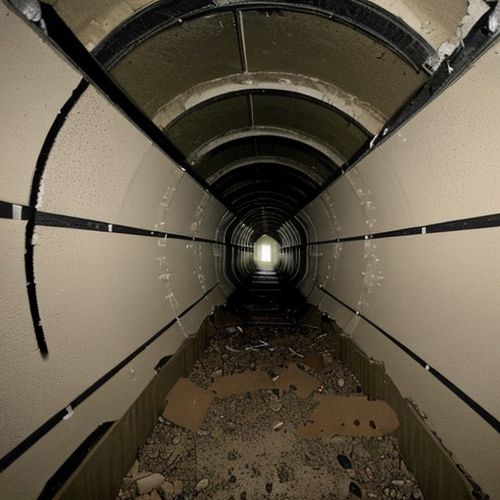
By Christopher Harris/Apr 14, 2025
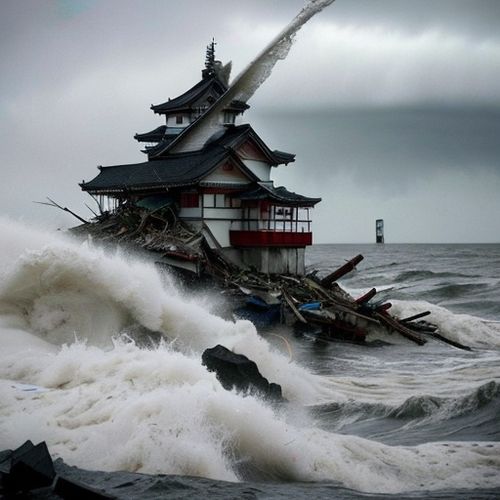
By Rebecca Stewart/Apr 14, 2025

By Joshua Howard/Apr 14, 2025

By Jessica Lee/Apr 14, 2025

By Eric Ward/Apr 14, 2025

By Lily Simpson/Apr 14, 2025
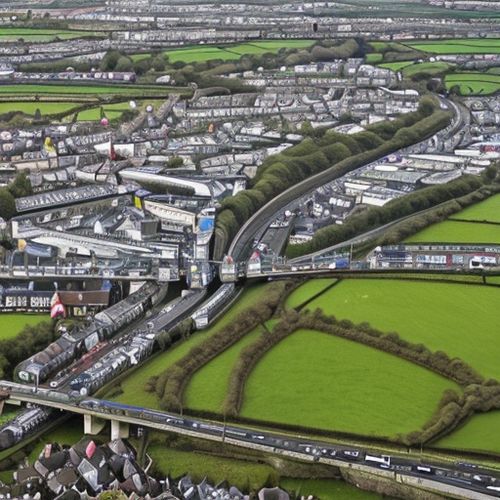
By William Miller/Apr 14, 2025

By Olivia Reed/Apr 14, 2025

By William Miller/Apr 14, 2025